The Mazda CX-30 is a smallish crossover designed to be good at everything from long-distance comfort to quick jaunts around town.
It’s based on the excellent Mazda 3 hatchback but is 7cm shorter (to make it more manoeuvrable around town) and 10cm taller (because people like crossovers).
Its rivals include the Hyundai Kona and Kia Niro, Volkswagen T-Roc, Skoda Kamiq and Toyota C-HR.
Prices and engines
Prices start at around the £25,000 mark and it’s available with two versions of Mazda’s 2.0 litre, four-cylinder engine.
The entry level e-Skyactiv G has 120bhp and takes 10.6 seconds to go from 0-62mph.
Meanwhile, the e-Skyactiv X has 183bhp and does the same sprint in 8.3 seconds.
The vast majority of Mazda CX-30s will be front-wheel drive.
However, Mazda does offer a four-wheel drive version which might be of interest to people living in rural Perthshire, Angus or Aberdeenshire where winters can be harsh.
Both engines are mild hybrid, with a battery assisting efficiency to improve power and economy.
It’s not a plug-in system so you just drive it as you would any normal petrol car.
The CX-30 I spent a week with had the more powerful engine with two-wheel drive in mid-spec Homura trim and cost £29,405.
It’s a nice sweet spot in the range, with most of the kit you could want including a head-up driver’s display, reversing camera, heated front seats, dual zone climate control, keyless entry, and power tailgate.
What’s Mazda CX-30 like to drive?
I was impressed by the Mazda CX-30, particularly its excellent sound insulation.
At 70mph on the M90, it was whisper quiet inside. Road, wind, and engine noise are all very minimal and it’s one of the most refined cars in its class.
The suspension is soft enough to soak up bumps but firm enough to make it one of the better-handling crossovers I’ve driven.
The 183bhp engine has all the power this type of car needs. It pulls away effortlessly even when fully loaded and never feels strained.
Fuel economy is good too. In a week of mixed driving I was only a couple of miles off the official figure of 49mpg.
Many rivals are putting 1.0 litre turbocharged engines into even their larger cars but Mazda is sticking with bigger units.
The company’s 2.0 litre powertrain is tried and tested, and my suspicion is it will last a lot longer than the tiny engines rivals are fond of.
Smart interior
The cabin has a 10.25in screen and there’s a rotary dial that makes it easy to operate the controls while driving without taking your eyes off the road.
There are also switches and dials for the heating and fan systems, which are much more user friendly than the touch-sensitive controls that are fashionable at the moment.
Space in the back is on par with or better than the CX-30’s main rivals, although small rear doors make it tricky for bigger people to get into, and might make getting a child seat in there a bit of a wrestle.
At 430 litres, the boot is big enough for a good-sized dog or the average family’s holiday luggage.
My car came with a six-speed manual. Being somewhat middle aged, I usually prefer autos these days, but the Mazda’s gearbox is slick and easy to use.
Both the driving experience and the cabin quality are a level above that offered by Kia, Hyundai and Ford.
In fact, the Mazda has the sort of refinement levels and plush interior you’d find in a BMW X1 or Volvo XC40.
It’s an excellent car. If you’re thinking of buying one I’d also urge you to try the Mazda 3 hatchback, which offers a similar driving experience, has slightly more passenger space, and also costs less.
Mazda CX-30 facts:
Price: £29,405
0-62mph: 8.3 seconds
Top speed: 127mph
Economy: 49.6mpg
CO2 emissions: 128g/km
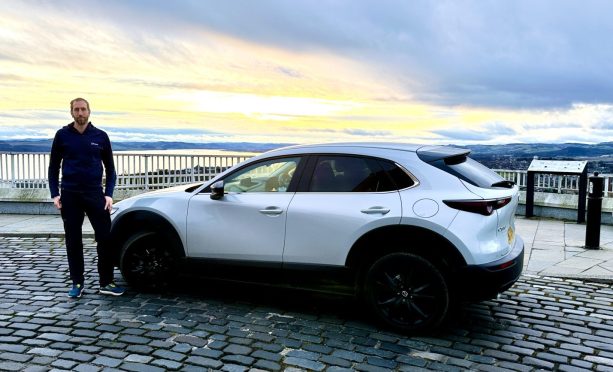
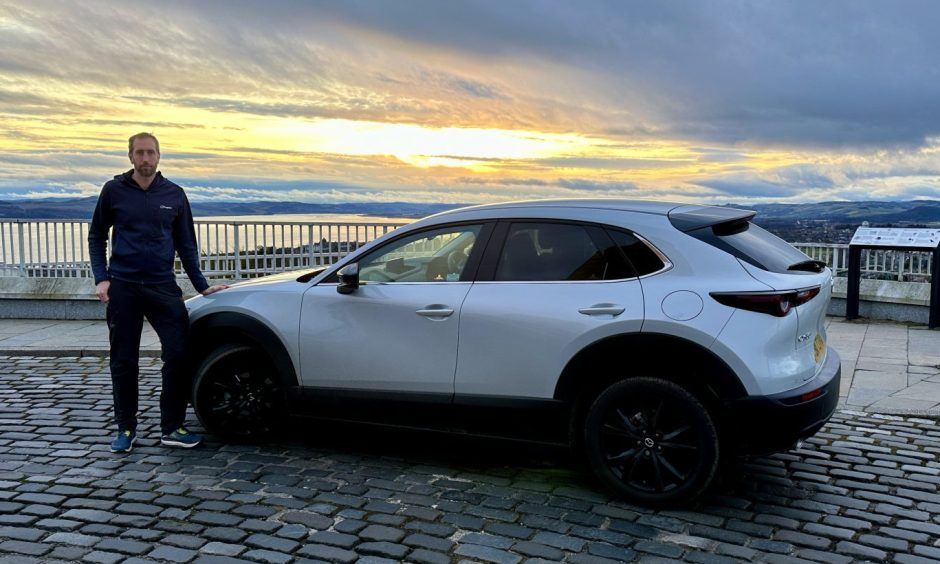
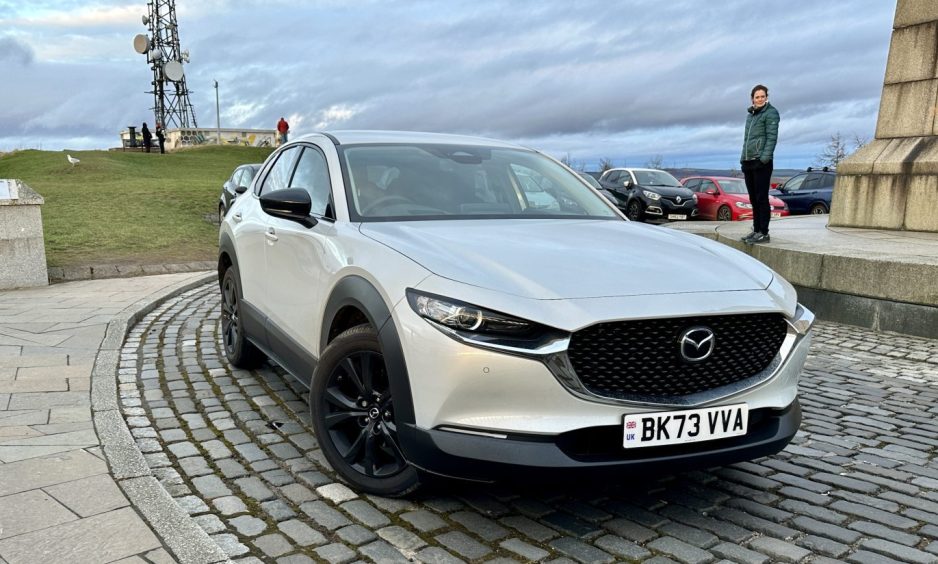
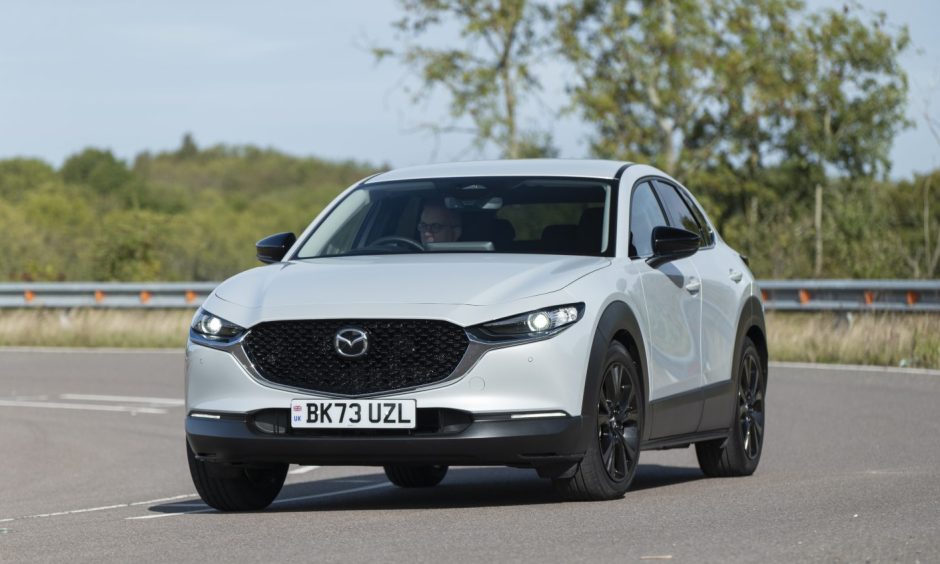

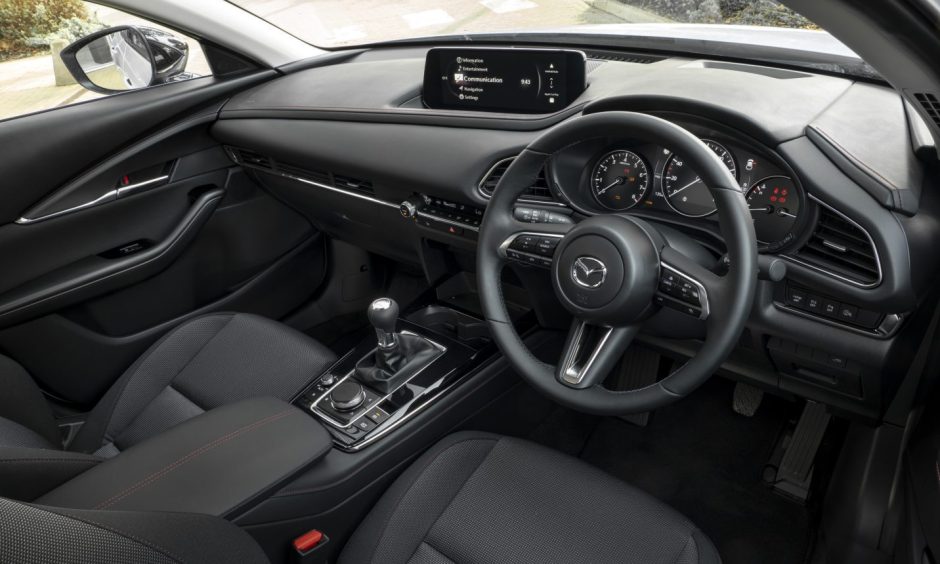
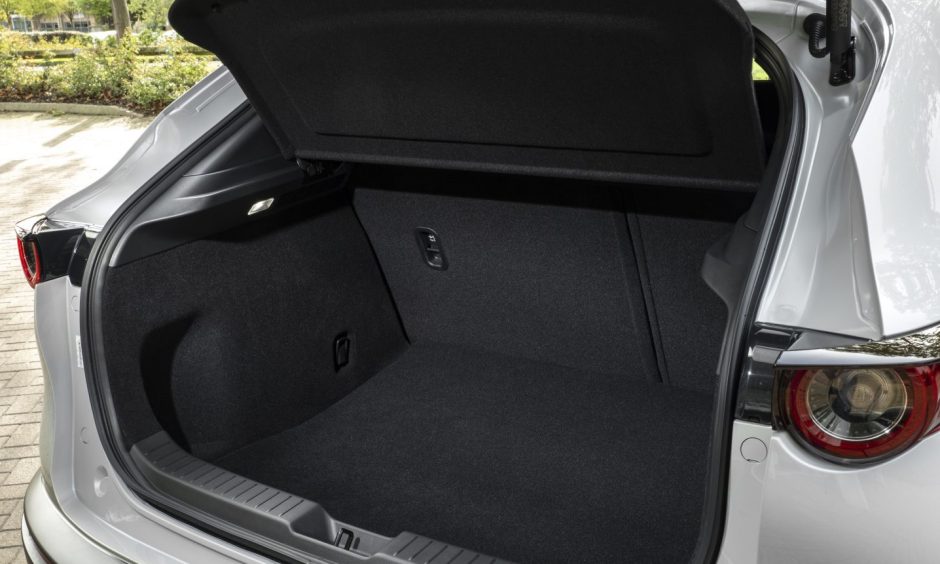
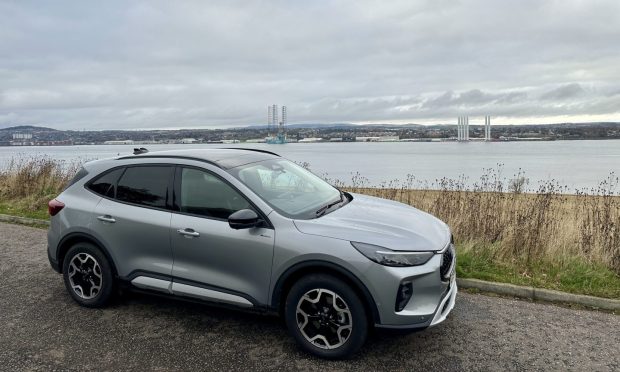

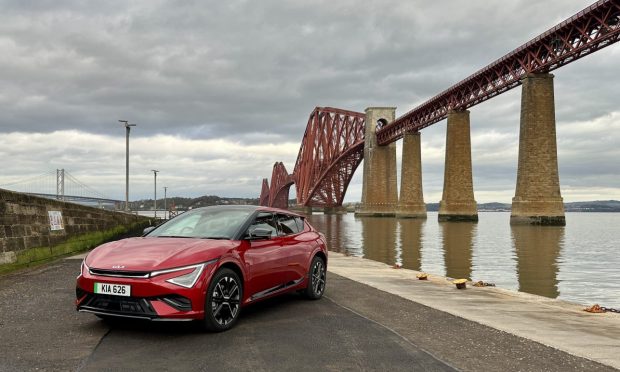
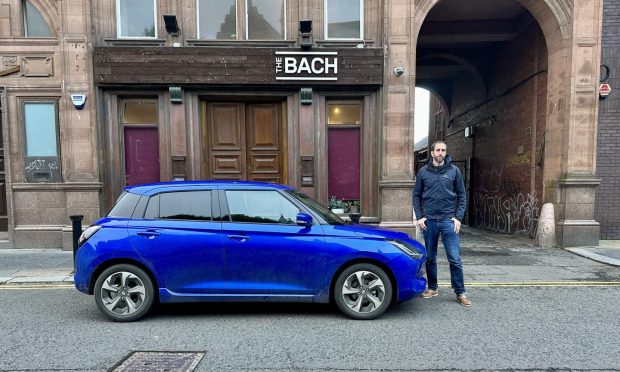
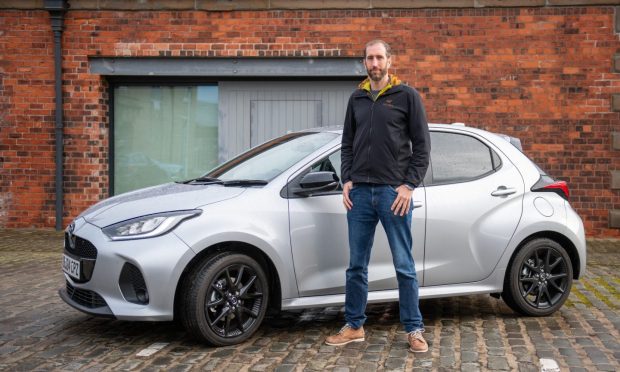
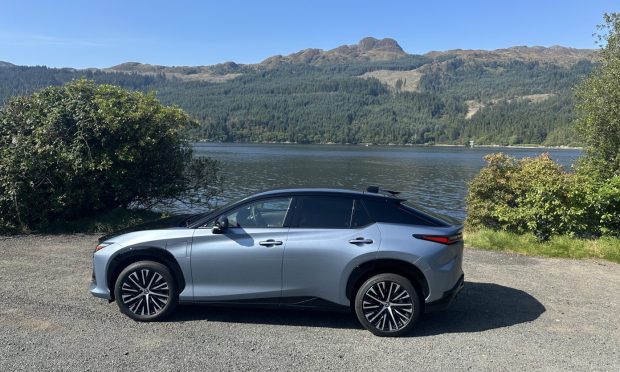
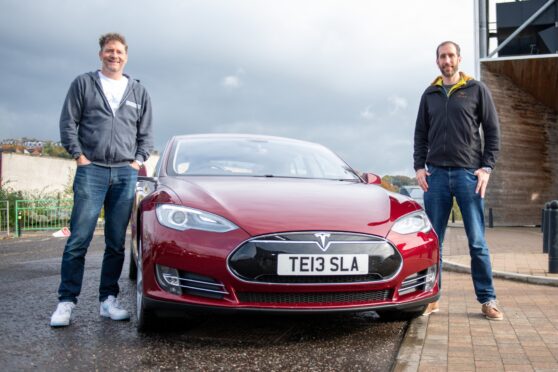
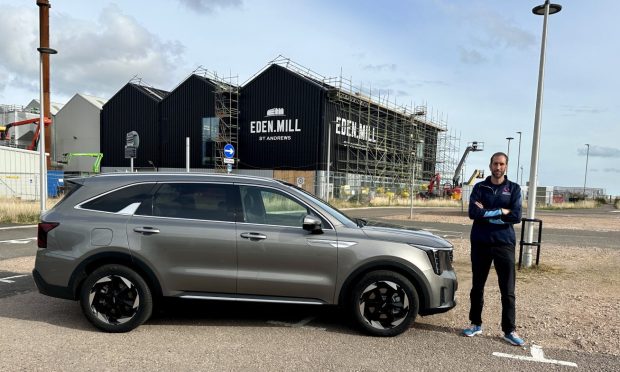
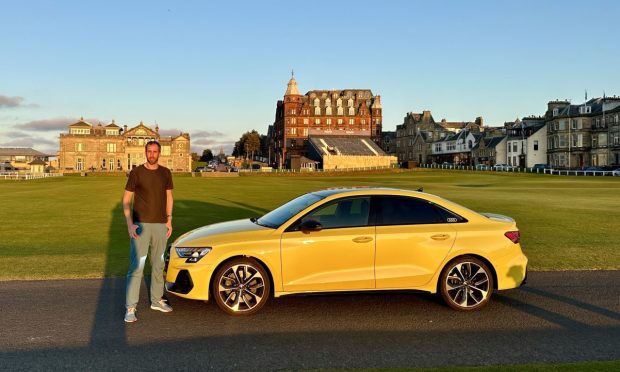
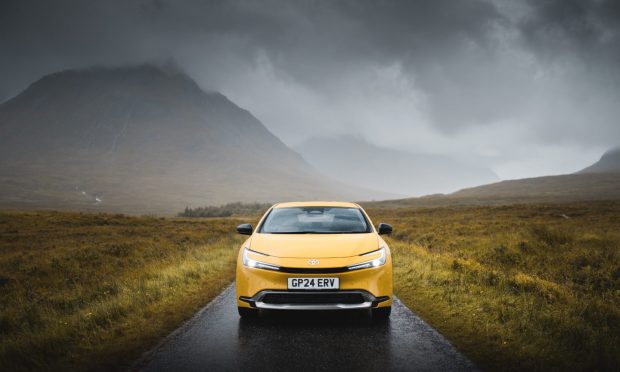
Conversation